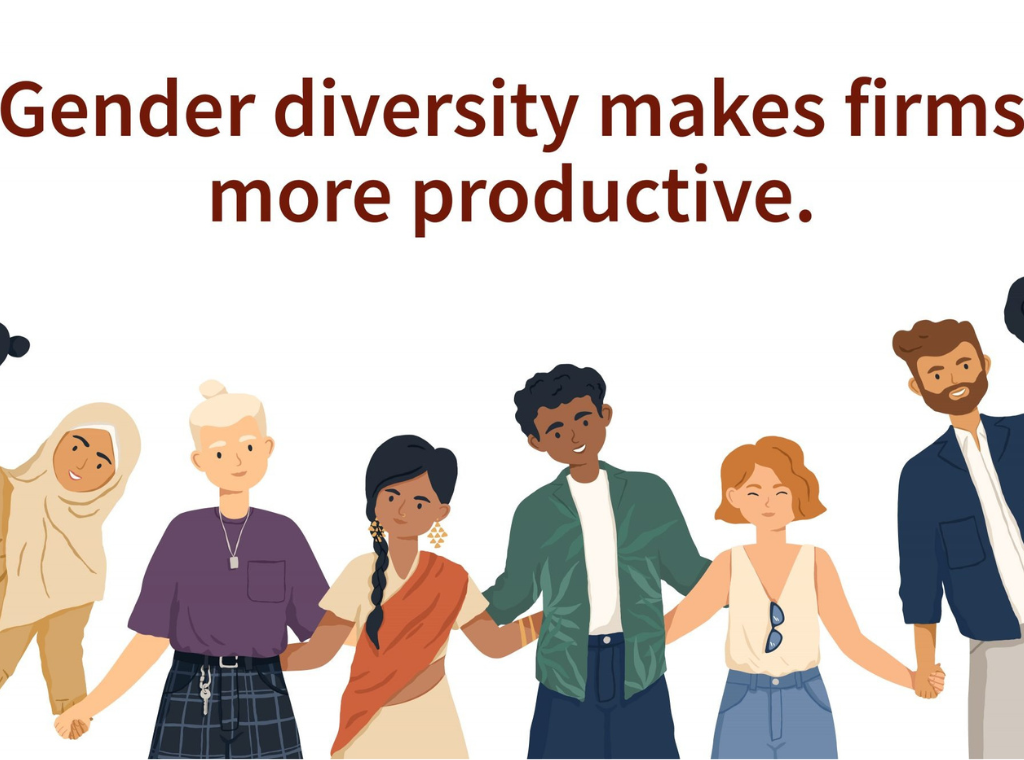1. Unseen Patterns Become Visible
Most workplace challenges are like an iceberg — the visible tip (low morale, high attrition, or poor productivity) hides deeper causes. Gender-disaggregated data brings clarity to these root causes. For example:
- Are more women reporting burnout?
- Are men participating less in upskilling programs?
- Do women rate the office environment lower than men?
These insights highlight hidden needs and allow HR to act before the problem worsens.
2. Everyone Feels Represented
When data drives decisions, it ensures fairness. Gender-diverse input helps HR build environments where everyone feels seen and respected — from office design to team outings.
How Gender Data Can Improve Specific HR Functions
1. Identifying and Solving Gender-Specific Issues
Real Use:
- Women may experience higher microaggressions but not report them openly.
- Men might avoid flexible hours even when offered, due to social stigma.
📊 Collecting gendered data via anonymous surveys, exit interviews, or pulse checks helps uncover these silent patterns. Once known, policies can be:
- Tailored maternity/paternity support.
- Gender-sensitized grievance redressals.
- Leadership training that addresses unconscious bias.
2. Choosing Wall Colors and Office Stationery
It’s More Than Aesthetic
Colors subconsciously affect behavior, energy, and mood. For example:
- Studies show that women may prefer softer palettes (greens, lavenders, light blues) which enhance calmness.
- Men may respond better to bold contrasts or darker hues that boost focus and confidence.
📌 With gender-disaggregated preferences:
- Wall colors in breakout areas can be gender-neutral yet calming.
- Stationery choices can reflect the diversity of users without defaulting to stereotypical “corporate blue.”
💡 Bonus Tip: Even the design of feedback forms or HR communication—fonts, language, icons—can be gender-sensitive and more engaging.
3. Planning Better Events and Employee Engagement
A one-size-fits-all approach to events often misses the mark.
Gender insights allow HR to:
- Plan inclusive games, sports days, or wellness sessions.
- Avoid themes that may unintentionally alienate or stereotype (e.g., always doing cricket for men, or spa days for women).
- Offer options: movie + dance + book club = higher participation.
📈 Data from past event participation, broken down by gender, can predict what works best.
4. Designing Smart HR Policies
Example:
- If women often report transport safety concerns, HR can provide safe travel reimbursements.
- If men hesitate to take paternity leave, HR can normalize it via leadership role modeling and internal campaigns.
When policy decisions are data-informed:
- The workplace becomes more equitable.
- Attrition drops. Job satisfaction rises.
Productivity improves.
A Shift in Thinking: From Assumptions to Awareness
Often, HR teams assume what “employees might like” or “what the culture should be.” But when gender data steps in, you move from gut feeling to evidence-based HR.
This shift:
- Builds empathy in decision-making.
- Reduces unconscious bias.
- Leads to policies that actually work.
How to Start Collecting Gender-Based HR Data
Here are actionable steps:
Step 1: Conduct Anonymous Gender-Specific Surveys
- Ask about comfort with workspace design.
- Track experiences related to discrimination, team dynamics, or wellness.
Step 2: Use Exit Interview Analytics
- Categorize reasons for leaving by gender.
- Identify if certain departments have gender-skewed attrition.
Step 3: Track Participation in Events, Trainings, and Programs
- See if there’s a gender disparity in leadership interest, skill development, or fun events.
Step 4: Leverage HR Tech Tools
Modern HRMS platforms allow you to:
- Track engagement, feedback, and satisfaction levels by gender.
Build automated dashboards that flag gaps instantly.
The Bigger Picture
When HR uses gender data to drive its decisions:
- Everyone feels they belong.
- The office stops being “just a place to work” and starts feeling like a community.
Most importantly, business outcomes improve — studies consistently show that gender-diverse teams are more innovative and profitable.
Quick Summary
| HR Function | How Gender Data Helps |
|---|---|
| Identifying Issues | Reveals gender-specific concerns and workplace inequality |
| Office Design Choices | Matches space aesthetics with emotional and cognitive needs |
| WFH For Parents Scheme | Optional WFH days during child exam weeks |
| Elder Care Leave | Paid leave for hospital visits, aging parent needs |
Final Thoughts
Gender-based data isn’t just about fairness — it’s about intelligence.
The smartest HR teams in India are no longer guessing — they’re listening, analyzing, and adapting.
✨ Want your workplace to thrive? Start by simply asking, tracking, and learning.
FAQs
- Is it legal to collect gender-specific data in India?
Yes, as long as it’s collected ethically and stored confidentially.
- Can gender-based surveys be anonymous?
Absolutely. In fact, anonymity boosts honesty and quality of responses.
- What if some employees don’t identify strictly as male or female?
Offer non-binary options and be inclusive in survey language.
- Do colors really affect performance?
Yes! Psychology confirms that colors impact mood, focus, and comfort.
- Can event participation really be gender-biased?
Definitely. Cultural norms, timing, and interest types can skew attendance.
- How do I analyze such data effectively?
Use HR dashboards or simple Excel charts. Track trends over time.
- Will gender-based policies lead to male backlash?
Only if poorly communicated. Frame them as inclusive and supportive for all.
- Can this improve employee retention?
Yes — employees who feel heard and represented tend to stay longer.
Soft Plug
If you’re looking to make data-backed, inclusive decisions that actually work — The LifeTrackR blogs are your go-to guide.
Stay informed. Stay empathetic. Lead better.
Would you like me to turn this into a LifeTrackR blog or create social media promos for this topic too?
#TheLifeTrackR #LifeTrackRHRInsights #LifeTrackRWorkplaceWellness #GenderDataMatters #InclusiveWorkplace #HRWithEmpathy #WorkplaceEquality #EmployeeEngagement #DataDrivenHR
Editor’s Note: This article was originally published here https://thelifetrackr.com/why-gender-based-data-matters-in-hr/ by @Kairav and @krutika
